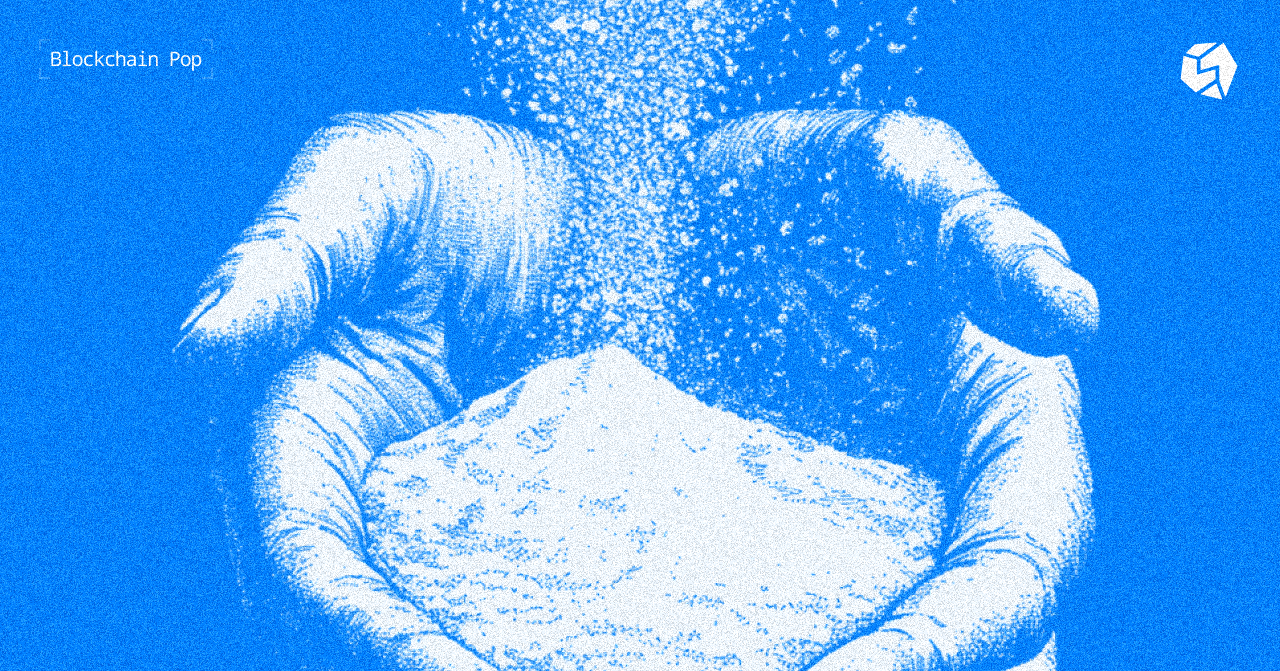
Bitcoin, long recognized as a digital store of value and medium of exchange, has traditionally lagged behind Ethereum in decentralized finance (DeFi). However, the advent of BTCFi and BRC-20 tokens is changing this landscape.
What Are BRC-20 Tokens?
BRC-20 tokens are fungible tokens on the Bitcoin blockchain, using the Bitcoin Ordinals protocol. This protocol inscribes data onto satoshis (Bitcoin’s smallest units) as JSON, including token details like name and supply. BRC-20 aims to bring token functionality to Bitcoin, similar to Ethereum’s ERC-20 tokens, but with Bitcoin’s unique features. Unlike ERC-20 tokens that use smart contracts, BRC-20 tokens work within Bitcoin’s existing transaction system. This limits their functionality but keeps them secure within Bitcoin’s ecosystem.
These tokens open doors for DeFi apps, community tokens, NFTs, and new asset management on Bitcoin. They benefit from Bitcoin’s strong security, decentralization, and immutability.
Popular BRC-20 tokens include ORDI, an early success showing BRC-20’s potential in DeFi and peer-to-peer transactions. Another is SATS, a meme coin paying homage to Bitcoin’s creator, Satoshi Nakamoto.
Market Dynamics
BRC-20 tokens have stirred up the crypto market. They’ve boosted trading on supporting platforms, but liquidity tends to concentrate in a few popular tokens. ORDI and SATS, for instance, dominate the market.
Figure 1 and 2: These figures show that ORDI and SATS combined represent over 81% of BRC-20 tokens’ market cap and 74% of daily trading volume.
Source: Coingecko
Source: Coingecko
BRC-20 tokens are known for high price volatility due to:
- Speculative trading
- Market sentiment shifts
- Limited token supplies
- Their novelty and early-stage status
- Lower market caps compared to established cryptocurrencies
- Social media hype
Let’s compare the volatility of ORDI (a popular BRC-20 token) with LINK (a well-known ERC-20 token).
Figure 3: This chart compares the volatility of ORDI and LINK. ORDI’s monthly volatility (0.0691) is about 67% higher than LINK’s (0.0414), showing greater daily price variability.
BRC-20 adoption faces challenges including technical complexities and limited wallet and exchange support. This results in a smaller user base compared to ERC-20 tokens. For example, ORDI has about 22,500 holders, while LINK boasts over 720,000, UNI — 380,000+ and MATIC — 650,000+ holders.
Impact on Bitcoin Network
BRC-20 tokens since its launch in March, 2023 have significantly affected Bitcoin’s network.
Increased Transaction Volume
Figure 4: This graph shows Bitcoin’s daily transactions jumping from 250,000-300,000 to over 650,000 after BRC-20’s introduction in March 2023.
Source: Glassnode
Higher Transaction Fees
Figure 5: This chart displays median transaction fees on Bitcoin. Fees rose from around $1 to peaks of $20 in May 2023 and as high as $92 in recent peak periods, rivaling 2021-2022 bull market levels.
Source: Glassnode
Longer Confirmation Times
Figure 6: This image compares median confirmation times on the Bitcoin blockchain in 2022, 2023, and 2024. Times increased from about 7 minutes to over 10 minutes due to BRC-20 activity.
Source: Blockchain.com
These changes have sparked debates within the Bitcoin community about network capacity and the impact of BRC-20 tokens on regular Bitcoin transactions.
Wrapping Up
While BRC-20 tokens have expanded Bitcoin’s DeFi potential, they remain controversial. They’ve led to higher transaction volumes, fees, and confirmation times, testing Bitcoin’s infrastructure limits. Their high volatility, low market caps, and limited adoption compared to ERC-20 tokens highlight their speculative nature.
Alternatives like Stacks (STX) and the Liquid Network offer more user-friendly BTCFi solutions. Wrapped tokens, such as WBTC on Ethereum, provide another option to use Bitcoin in DeFi without congesting its network.
In essence, BRC-20 tokens have opened new possibilities for Bitcoin while exposing scalability challenges. The crypto community continues to explore more efficient ways to bring DeFi functionality to Bitcoin without compromising its core strengths. As the ecosystem evolves, it will be crucial to balance innovation with the need for stability and efficiency in the Bitcoin network.





